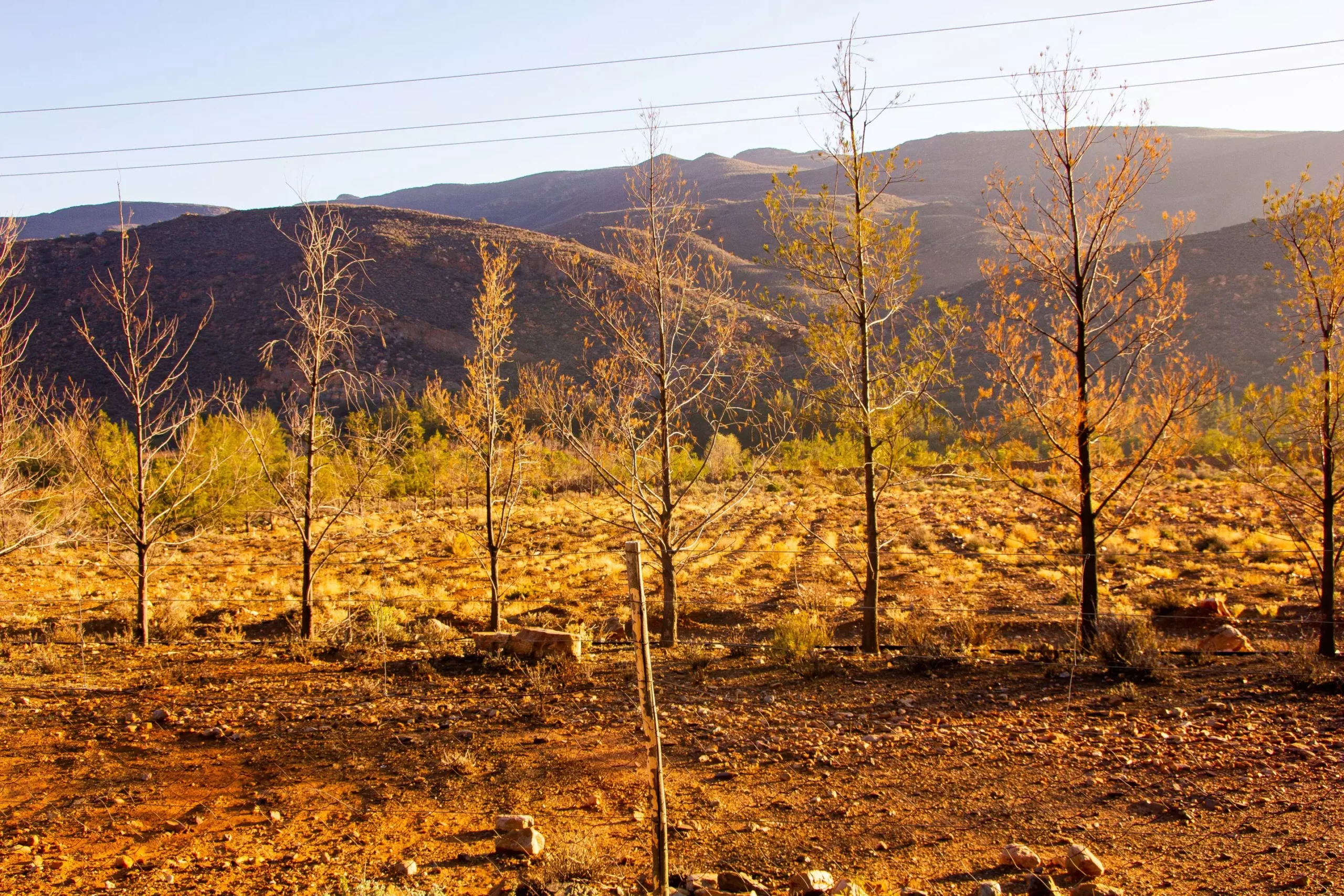Climate change is ushering in an era of unprecedented variability in precipitation patterns across North America. Recent research from The Ohio State University highlights a disturbing trend: while the American Southwest and Mexico are experiencing intensified drought conditions, the Northeast is witnessing heavier rainfall and more severe wet years. This dichotomy represents a complex tapestry of climatic shifts that are foremost in the scientific dialogue surrounding climate change. The implications of these developments are vast, affecting everything from agriculture to urban planning, and signaling a need for urgent adaptation strategies.
Research Methods and Findings
The study’s insightful analysis employs modern precipitation data, historical tree ring analyses, and climate model predictions spanning millennia, specifically from 850 AD to 2100 AD. This multifaceted approach allows researchers to discern clear shifts in precipitation patterns pre- and post-industrialization, emphasizing that the climate extremes now experienced have significantly intensified since the mid-1800s.
Lead author Kyungmin Sung and senior author James Stagge underscore the gravity of these findings, painting a picture that is stark in its ramifications. For instance, while the Southwest is transitioning towards increasingly dry conditions, the Northeast, including states like Ohio, is marked by a clear trend towards progressively wetter winters and springs. This observational data challenges previous assumptions of a more uniform climate shift, illustrating instead a continent divided in its water availability.
One of the study’s most concerning revelations is the unpredictable oscillation between extreme droughts and wet years in the central United States. This variability poses unique challenges for water management, as agricultural planners and urban developers will need to rethink strategies to accommodate potentially severe fluctuations in water availability. As Stagge notes, residents could find themselves grappling with a stark contrast in water situations—in one year experiencing severe drought, followed in a few years by a historically high rainfall event.
This unpredictability complicates resource management. Traditional forecasting methods may prove ineffective in a climate characterized by extremes, necessitating the adoption of innovative, flexible strategies that can adapt to rapidly changing conditions.
Significance of Long-Term Climate Trends
The implications of the research extend beyond immediate atmospheric conditions. By comparing recent data with historical trends, the authors argue that the current rate of change in precipitation patterns is markedly more severe than any natural variability observed over the past 700 years. The integration of diverse data types—from tree-ring reconstructions to modern observational records—supports a comprehensive understanding of climatic shifts and reinforces the legitimacy of their findings.
Stagge emphasizes that significant trends become more relevant when observed across multiple data repositories, heightening the confidence researchers can have in their conclusions. The merging of these various data sources helps portray a holistic view of climate factors, revealing a clearer image of North America’s hydrological future.
Understanding these changes is essential for a range of industries, all of which depend on predictable water availability. Agriculture, construction, and public water supply are particularly vulnerable, as changing precipitation trends could drastically affect crop yields, infrastructure resilience, and municipal water management.
Planners and government agencies must urgently recalibrate their expectations and strategies, integrating new data into their frameworks for managing water resources. The research serves as a critical alarm for stakeholders who must prepare for the shifting landscape of water availability. Strategies that once worked may no longer suffice in the face of rising extremes.
The new study elucidates the climate’s increasingly erratic behavior and presents a compelling case for proactive adaptation. As climate conditions become more unpredictable, the scientific community, policymakers, and industries must work hand in hand to ensure sustainable water management practices. Not only is there a need for immediate action to mitigate climate change, but also an urgent call to develop robust strategies that can address the realities of variable weather patterns. The future of water availability in North America will depend on our capacity to adapt and innovate in the face of these daunting challenges.

